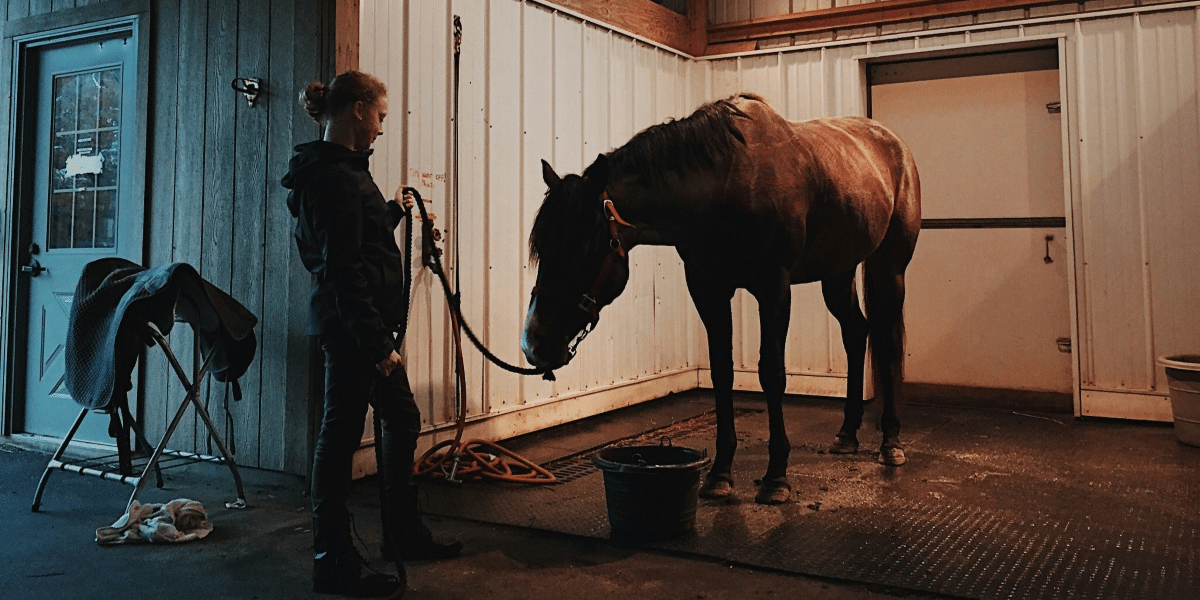The Tennessee Walking Horse, renowned for its smooth gaits and striking presence, is deeply ingrained in the cultural fabric of the American South. However, beneath the accolades lies a controversial history. This exploration delves into its origins, distinctive gaits, and the ethical debates surrounding the breed’s “Big Lick” exhibition style, a practice critics strongly denounce as abusive.
The Tennessee Walking Horse emerged in the late 19th century when breeders in Middle Tennessee crossed several breeds, including Standardbreds, Morgans, and Narragansett Pacers. Valued for its comfortable ride and calm disposition, the breed quickly became a favorite of plantation owners and farmers seeking a versatile horse for both work and leisure.
The defining characteristic of the Tennessee Walking Horse is its smooth, gliding gaits. Beyond the standard walk, trot, and canter, this breed possesses inherent inherited gaits such as the running walk and the racking gait. These four-beat gaits provide a remarkably comfortable ride, minimizing the jarring bounce typical of other breeds’ trots. Historically, this smooth gait was highly prized for its comfort, especially over long distances and rough terrain.
The Rise of the “Big Lick”
In the mid-20th century, a subset of Tennessee Walking Horse breeders and enthusiasts began to favor a highly exaggerated style of movement known as the “Big Lick.” This showy gait is characterized by extremely high front leg action, where the horses snap their hooves dramatically up towards their chests. This spectacle gained popularity in certain show rings, with breeders striving for ever-more extreme performances.
The “Big Lick” has become a source of intense controversy and debate within the Tennessee Walking Horse world and broader animal welfare circles. Animal rights advocates vehemently denounce the methods used to achieve the “Big Lick.” Practices like soring, the intentional infliction of pain on the horses’ lower legs to accentuate their gait, are widespread. The use of weighted shoes and restrictive chains further heightens the horses’ discomfort, forcing unnatural movement. “The pursuit of the ‘Big Lick’ has turned a once-beloved breed into a symbol of cruelty,” asserts an equine welfare advocate.
The Humane Society of the United States and other animal welfare groups have been actively campaigning for decades to end the abusive practices associated with the “Big Lick.” The Horse Protection Act of 1970 was enacted to address soring, yet loopholes and inadequate enforcement have hampered its effectiveness. Ongoing efforts seek to strengthen the law and ban the use of performance devices that contribute to the horses’ suffering.
Two Worlds, One Breed
The Tennessee Walking Horse community is sharply divided on the issue of the “Big Lick.” Traditional breeders and “flat-shod” enthusiasts who embrace the natural gaits of the breed are deeply opposed to the abusive “Big Lick” faction. They argue that the breed’s inherent qualities are overshadowed by the focus on a painful and artificial way of moving.
The Tennessee Walking Horse breed faces a crossroads. The legacy of the “Big Lick” has tarnished its reputation. Rising public awareness of the animal suffering involved is shifting public opinion and market forces. Increasingly, the Tennessee Walking Horse industry as a whole risks becoming synonymous with cruelty. The breed’s salvation lies in a return to its roots – celebrating its natural abilities and comfortable ride, rather than a distorted and abusive pursuit of extreme performance.








